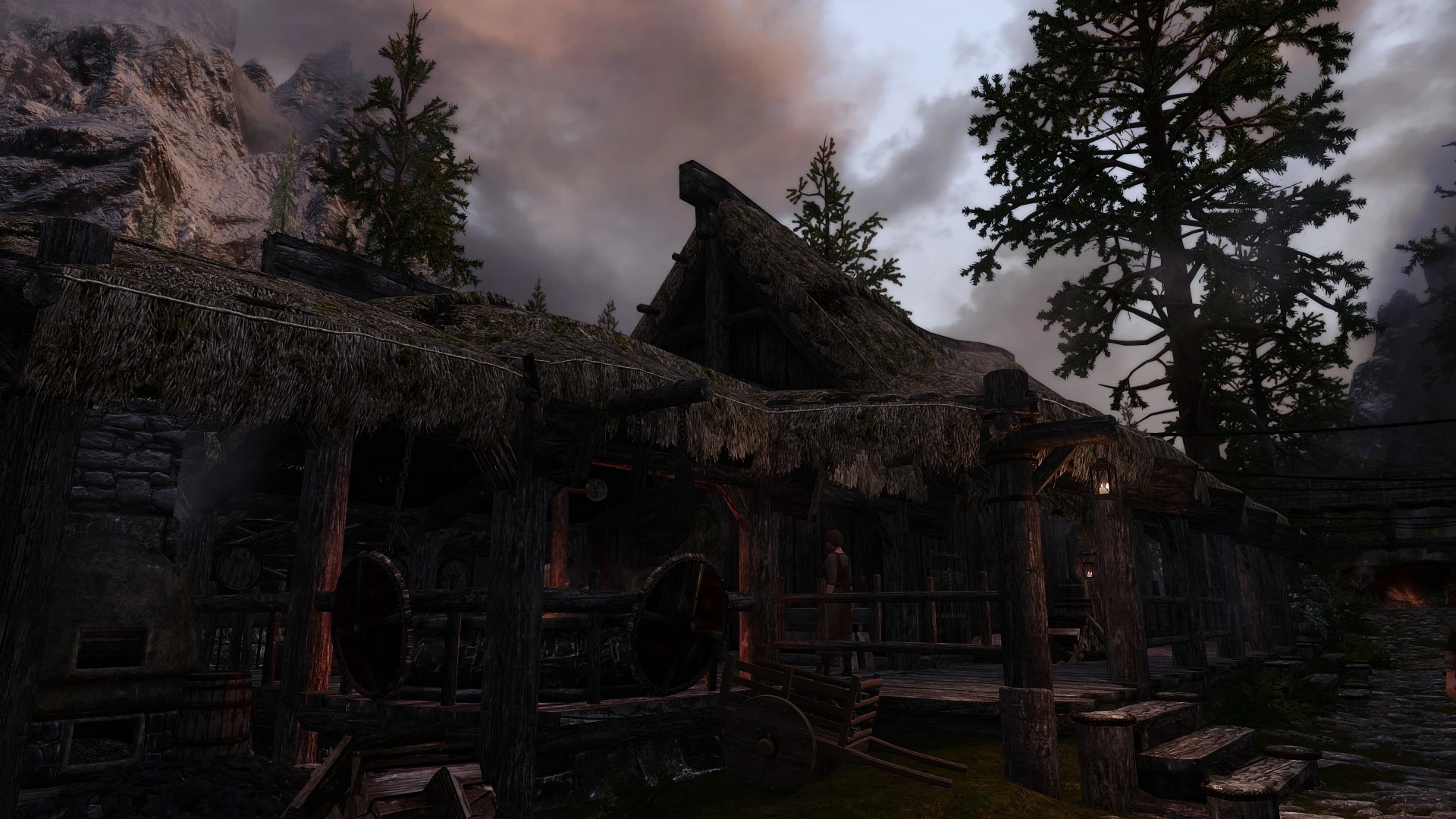
This helped to change the reputation of the area. The suburb developed an unsavoury reputation for poverty, overcrowding and violence, and its name was changed to Riverwood in 1957, in large part to remove the stigma associated with living there. Now the Herne Bay Hospital is the headquarters for the Australian Air League Riverwood Squadron. Some of the street names recall the American presence such as Pennsylvania Road, Kentucky Road, Wyoming Place, Idaho Place, Michigan Road, Montana Crescent, Roosevelt Avenue and Truman Avenue. One of the sections in use was located in Cullens Road, between Canterbury Road and Wiggs Roads Punchbowl and used up until March 1947.Īfter the war the military departed, and the hospital barrack buildings of timber and corrugated iron (some of which still survive today) were handed over to the Housing Commission from March 1946 and converted into public housing to relieve housing shortages. The Australian army occupied some of the other sections. In that same month, the Royal Navy ( United Kingdom) opened a hospital to treat wounded members of the British Pacific Fleet in the vacated buildings. In October 1944, the main US hospital left for the liberation of the Philippines, although some American patients and staff remained on site until January 1945. The site was visited by General MacArthur, First Lady Mrs Eleanor Roosevelt, Artie Shaw's Band and Bob Hope. By November, 1700 beds were being utilised. The Americans, who at the time, were using the Hydro Majestic Hotel in Medlow Bath as a hospital, relocated and moved into the first section of the Herne Bay premises in May 1943. The hospital was staffed by doctors and nurses from The Johns Hopkins University Hospital in Baltimore, Maryland. The hospital was built at a cost of one-million pounds and consisted of 490 barrack type buildings containing approximately four-thousand-two-hundred and fifty beds.

The area was subdivided in 1919 and redeveloped in 1942 during World War 2, when the Government of Australia and the Allied Works Council establish an army base hospital barracks for the United States Army, the 118 General Hospital.


When the East Hills railway line came through the area in 1931, the station was called Herne Bay. The area was originally known as Herne Bay and comprised small land grants between 30 and 80 acres (320,000 m 2). Belmore Road and Conca D'oro Lounge (right)


 0 kommentar(er)
0 kommentar(er)
